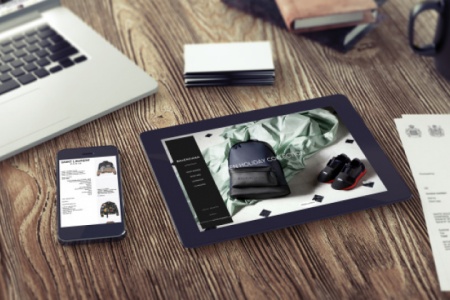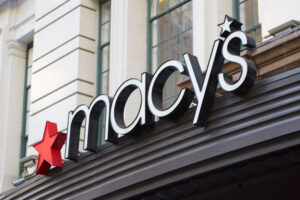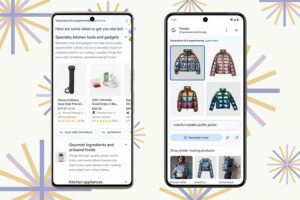Do ‘Digital Flagships’ Deliver?
We are increasingly comfortable with making purchases online. A few clicks and a computer-controlled robot in a warehouse the size of several football pitches picks, packs and despatches our chosen items in a sturdy but nondescript cardboard box. This is fine if the sole objective is transactional. But for luxury goods companies, for which the actual sale is just one aspect of the overall customer experience, it’s a lost opportunity.
Anyone can set up a commercial website, just as anyone can set up a physical shop hawking bags or sweaters. Not everyone can do what successful luxury goods companies have perfected: turning their stores into the very embodiment of their brands, with some more akin to commercial temples. Thick carpets, polished hardwood and well-manicured assistants are, of course, de rigueur. Winning flagships might even have pieces of art, perhaps a sculpture or two, to earn the appreciation of customers with a keen aesthetic eye.
To be sure, conjuring this kind of physical store experience requires heavy capital investment, but it’s also the essence of what differentiates luxury shopping. Which begs the question: How is one to make online shoppers feel as if they are having a differentiated “luxury” experience — and justify luxury prices — if there is no physical store in which to immerse them? How can Hermès distinguish itself from H&M on the screen of a tablet?
While the channel may be different, the guiding principles remains the same: the entire shopping experience must be a seamless journey in which customers feel luxury at every turn, from swiping through products on their iPad to unboxing their purchases.
So, are brands delivering, not just the actual goods purchased online but the complete luxury experience? There was only one way to find out: go shopping for myself.
It was to this end that, last summer, I teamed up with ContactLab and went online and purchased — and returned — two items, a man’s card holder and a lady’s belt, from the Italian websites of 29 luxury brands and retailers. This let me assess the full purchase experience, from account registration and welcome email right through to delivery and follow-up.
I looked at both the digital touch points — that is, the on-screen experience — as well as the physical touch points, including delivery, packaging, etcetera. In total, I ranked each brand on a total of 67 parameters across nine categories: abandoned cart management; ordering; purchasing communications; delivery; external packaging; internal packaging; documents within packaging; return procedures and return communications.
So, how did they fare? The top three brands and retailers by physical touch points are Fendi, Cartier and Louis Vuitton, while the top three by digital touch points are Balenciaga, Net-a-Porter and Saint Laurent.
LVMH has clearly made digital development a top priority. Fendi’s leading position and Louis Vuitton’s honourable placing reflect the unleashing of virtuous competition within the group. This can only benefit performance down the road. In a similar vein, Richemont should benefit from Cartier’s know-how and from its relations with the newly merged Yoox Net-a-Porter. Kering, by contrast, seems to be losing some of its lustre. But once the Gucci relaunch is further along, I expect senior management to address its shortcomings in digital.
Powered-by-Yoox brands score above average on digital touch points, but trail on physical touch points. Consequently, Yoox will need to manage the integration of Net-a-Porter as both a learning and a teaching process. If it doesn’t it risks losing its first-mover advantage very quickly.
Brands that are only now beginning the digital journey can take encouragement from Fendi’s top ranking for online experience despite it being one of the last brands to set up e-commerce capabilities. This would seem to indicate that late-comers are able to leapfrog several development stages and aim immediately for excellence.
Digital opens up one of the most promising frontiers for growth for luxury goods brands. But the quality of the online shopping experience is crucial: consumers must feel that their online experience is at least as good as their in-store reception. Brand image is at stake. As such, the laggards should take heed of what Kering CEO Francois-Henri Pinault has to say: “If what you do online is perceived to be not as luxurious as what you do offline, you have a problem.”




